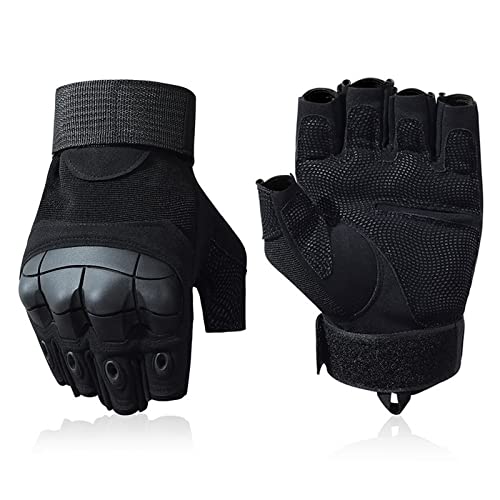I just had to check didn't I? My top bolt was rusted but came out okay, bottom not so much. More money to spend this winter 
I never take these bolts out when doing tire changes, I just pull the axle out and drop the entire rear brake hanger assembly.
If you have newer bike I'd pull these bolts and put anti-seize on them ASAP!
I never take these bolts out when doing tire changes, I just pull the axle out and drop the entire rear brake hanger assembly.
If you have newer bike I'd pull these bolts and put anti-seize on them ASAP!
Last edited by a moderator:




















































